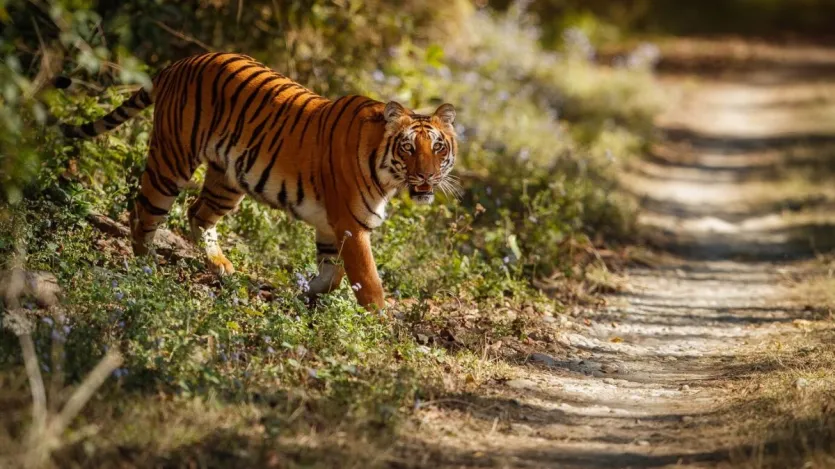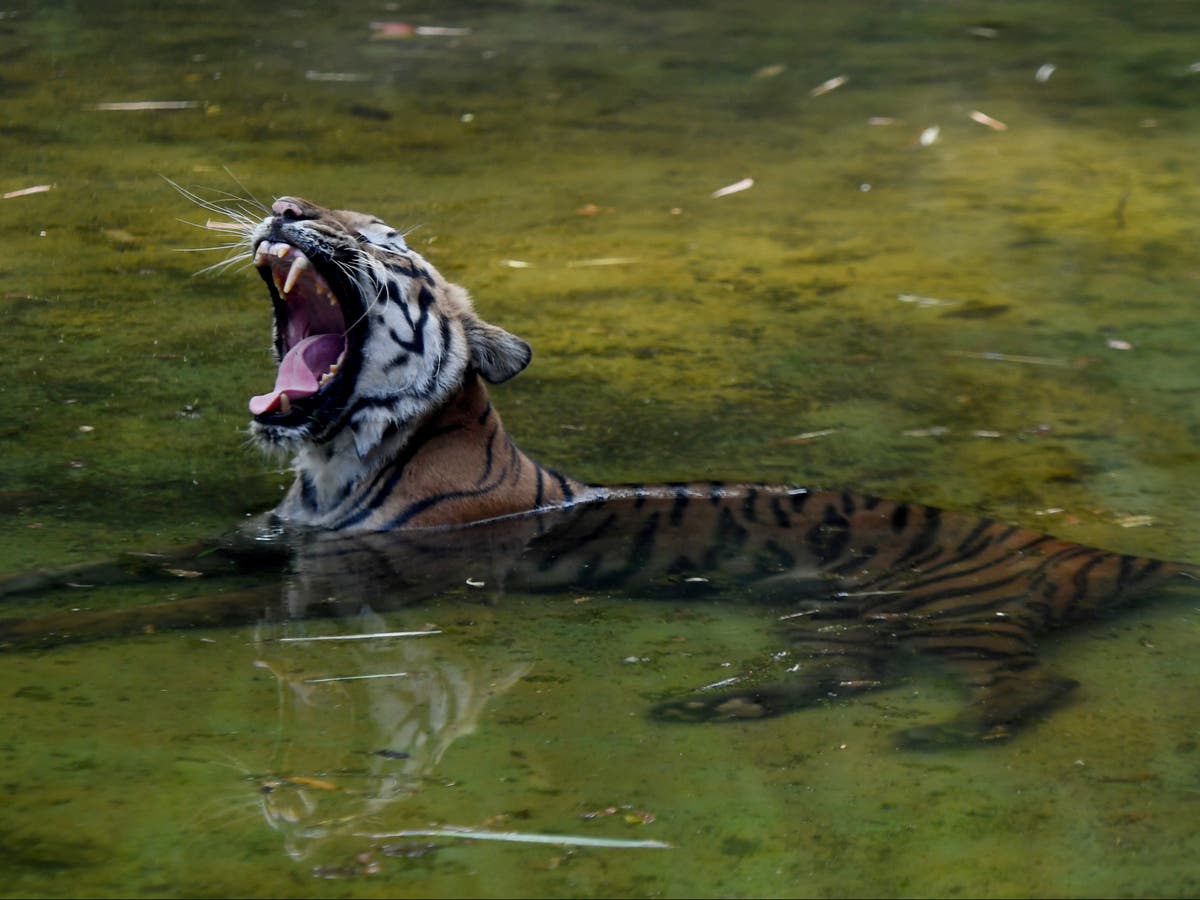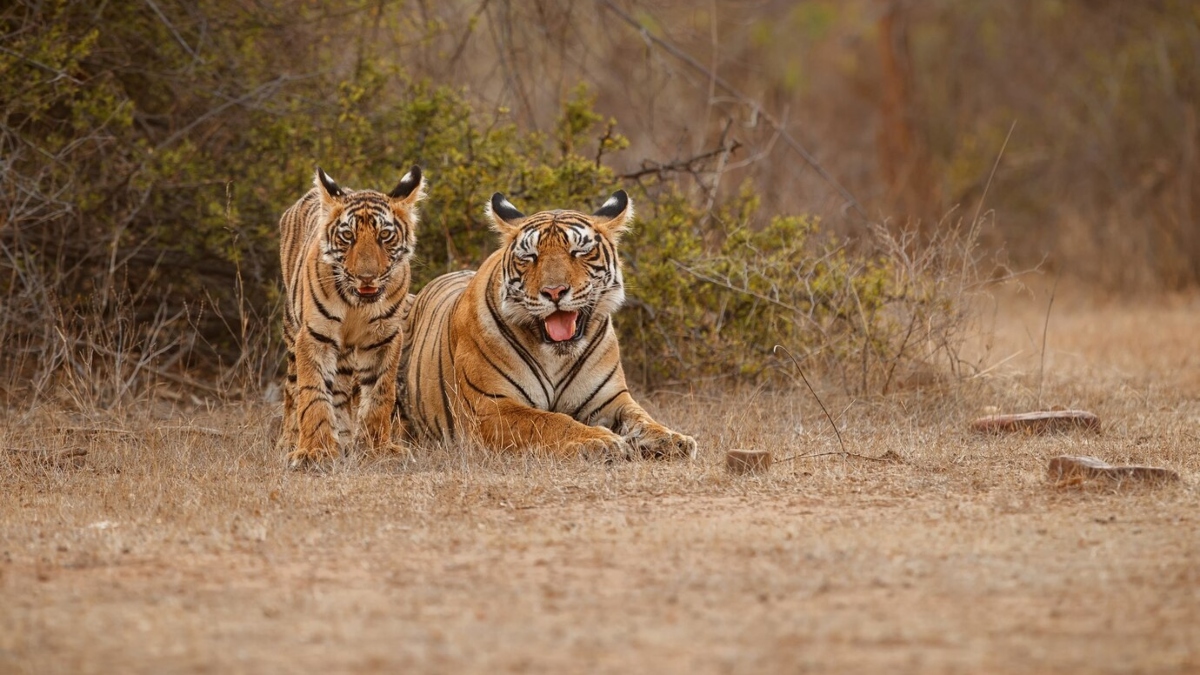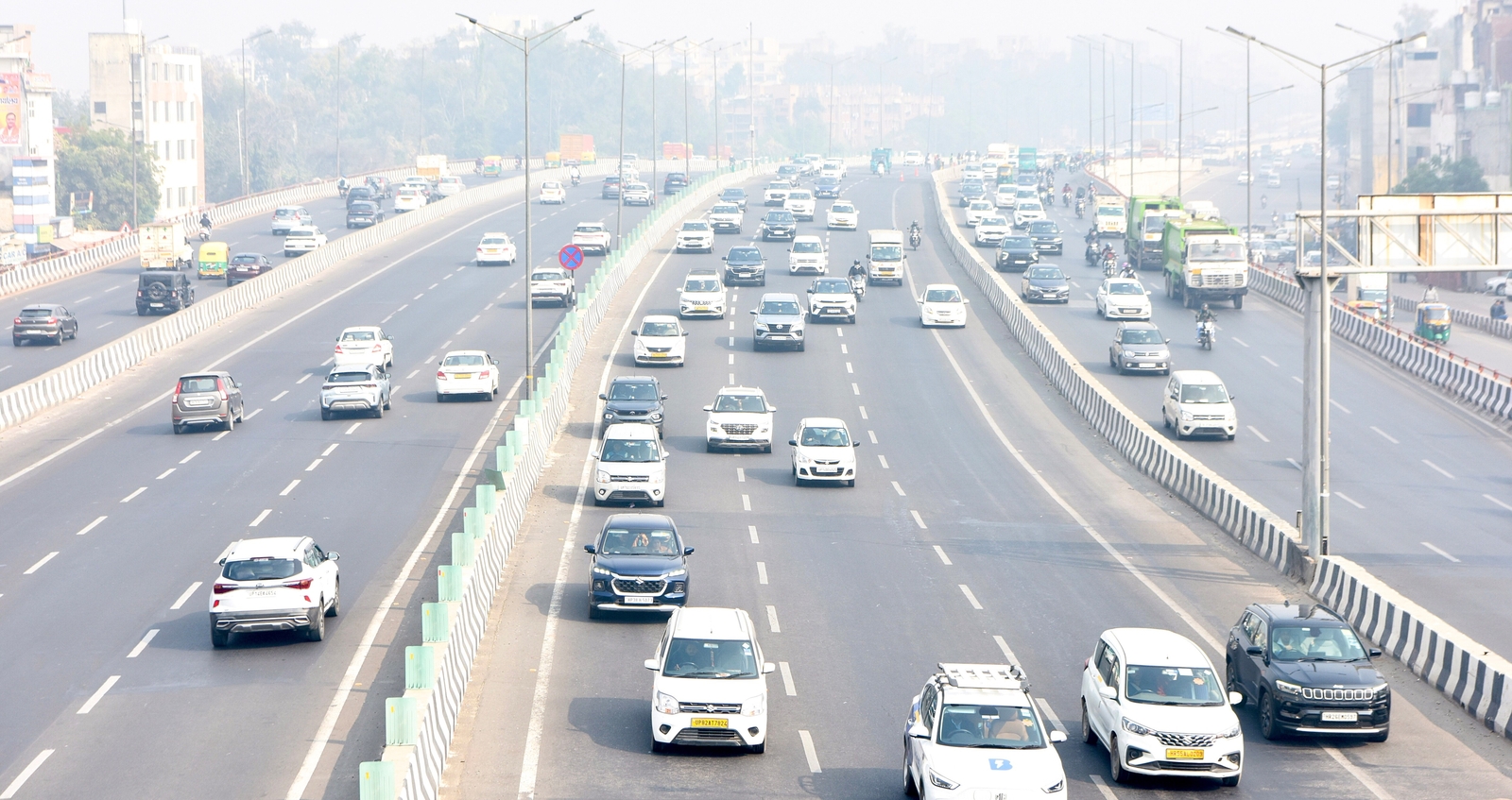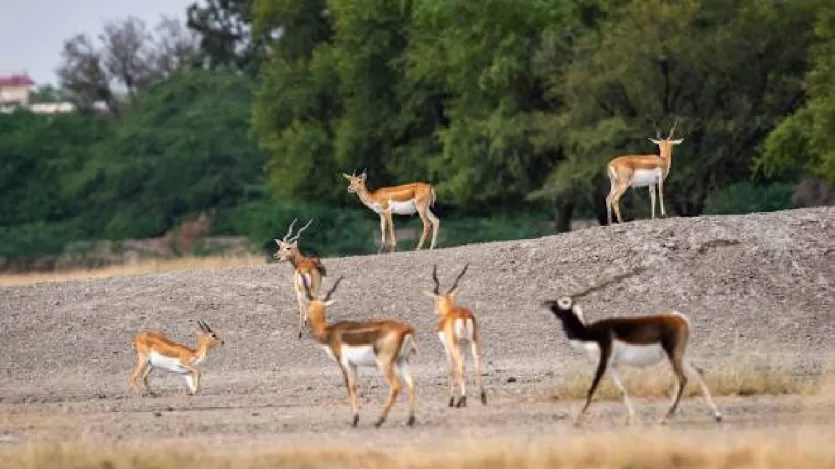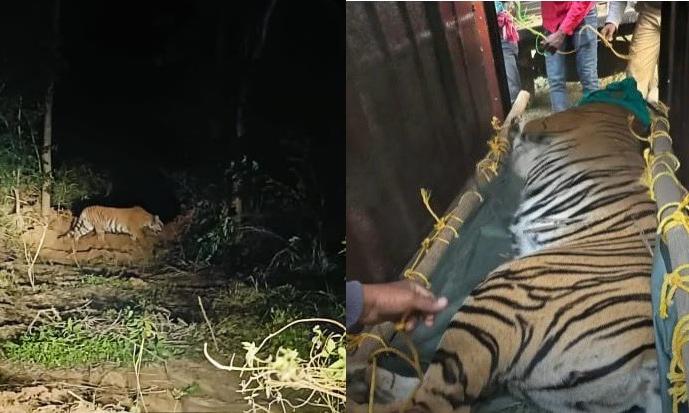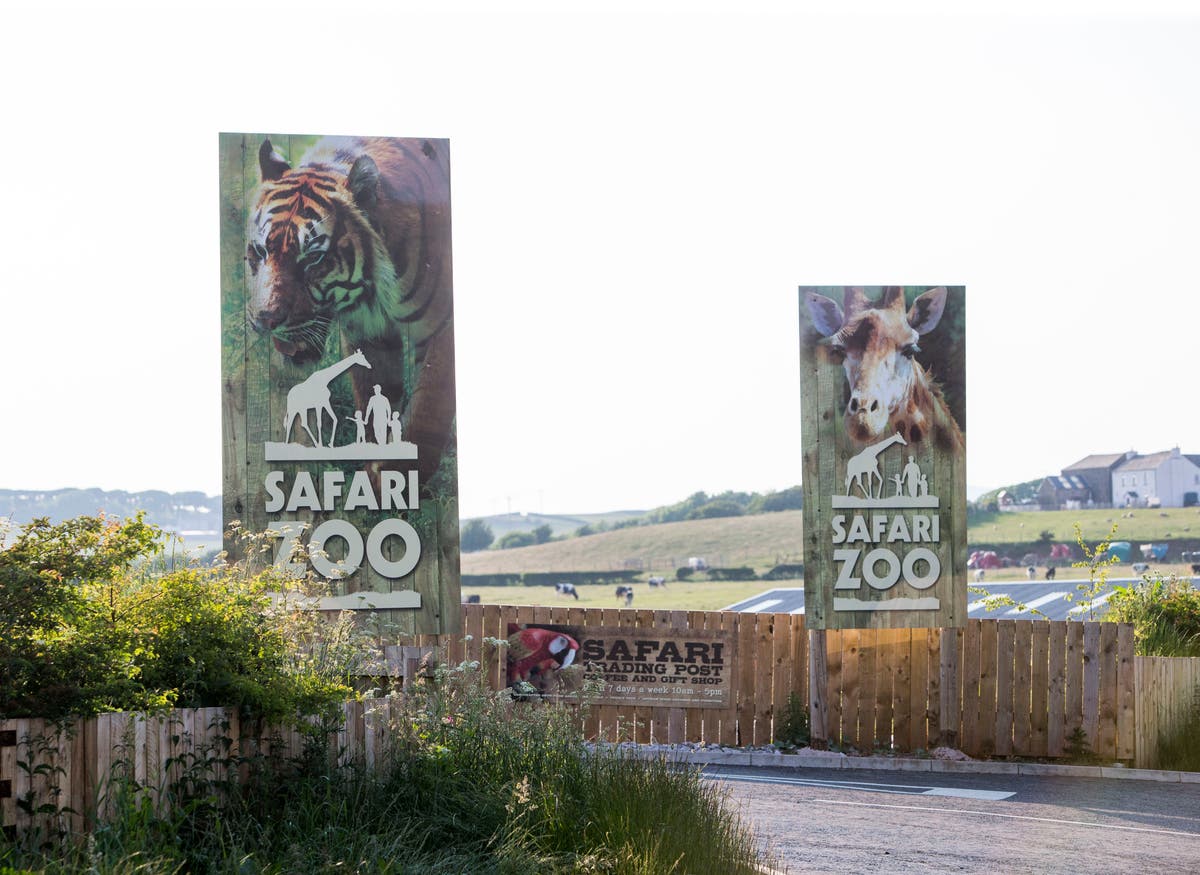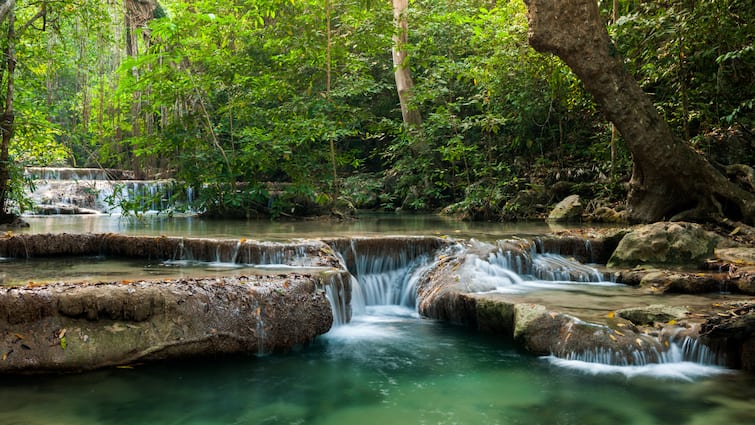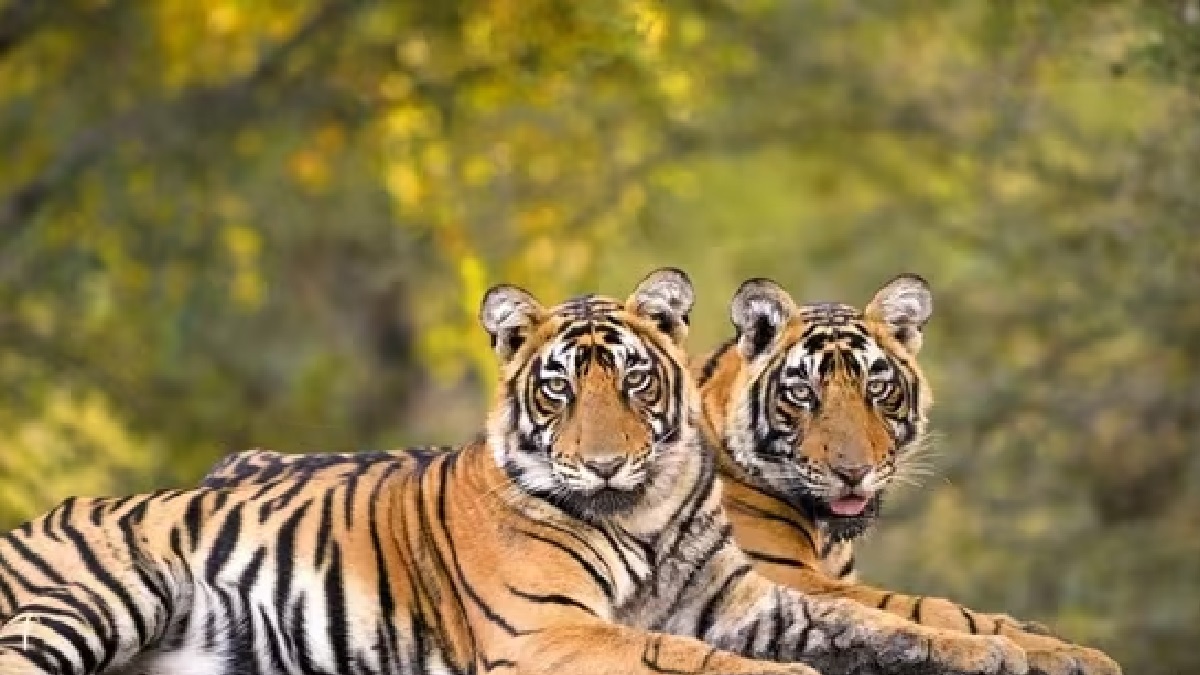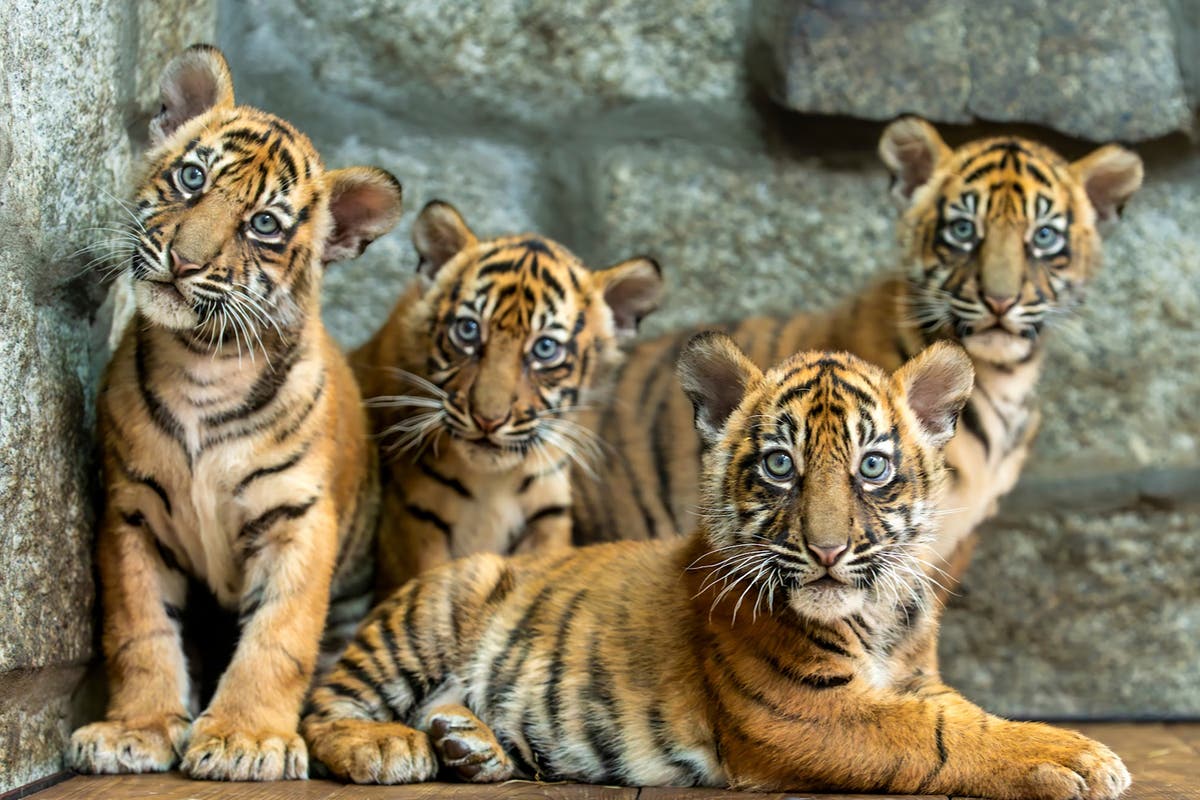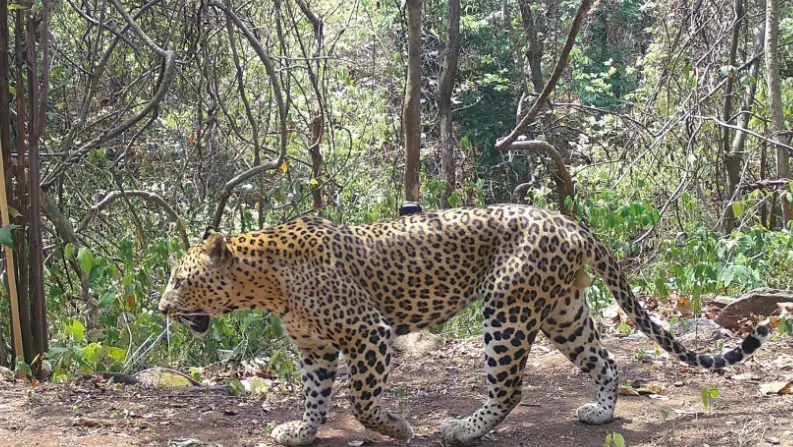
Indian zoos: the good, bad and ugly
The HinduJaguars, hybrid lions and orangutans, among 600 species of mammals, birds, and reptiles from around the globe, will soon be displayed at ‘one of the world’s biggest zoos’ in Gujarat’s Jamnagar city. For instance, the Padmaja Naidu Himalayan Zoological Park in Darjeeling, the country’s largest high-altitude zoo, was judged India’s best zoo by the CZA this year: it is recognised worldwide for its conservation breeding programmes for endangered species such as the red panda. In May, the Sri Chamarajendra Zoological Gardens in Mysuru announced the birth of three white tiger cubs; three months later, Delhi’s National Zoological Park got its own white trio. The Sri Chamarajendra Zoological Gardens — a rescue facility that supports a conservation breeding centre for Indian gaur, dholes, etc — celebrated its 15-year-old gorilla Thabo’s birthday with his favourite fruits and photos on Insta. A question worth asking Historically, zoos were ‘collections’ of captive animals, open to the public to establish the legitimacy of rulers, empires and powerful people, says Mahesh Rangarajan, an environmental historian with Ashoka University.
History of this topic

Indian zoos: seeds of wildlife conservation
The Hindu
Indian zoos: just a stamp collection?
The Hindu
Top 5 most popular zoos in India you must visit
Hindustan Times
A south Indian wildlife safari beyond tigers and leopards
Live MintDiscover Related

